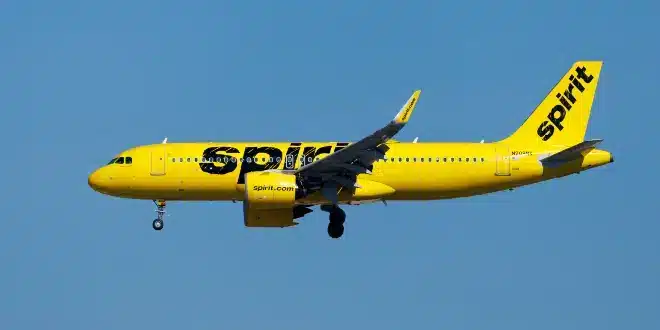Spirit Airlines filed for bankruptcy protection on Monday, citing growing financial challenges, including rising losses, overwhelming debt, increased competition for cost-conscious travelers, and failed merger attempts with other airlines.
Despite the filing, Spirit assured passengers that operations will continue as usual, with flights running and existing bookings, credits, and loyalty points remaining valid.
Filing for bankruptcy is a common strategy for many U.S. companies, including major airlines like American Airlines, United, and Delta, who have all filed in the past 25 years and emerged stronger after restructuring.
However, Spirit’s future remains uncertain. It could be acquired by another airline or face liquidation. Airlines, such as American, have previously gone through bankruptcy and merged with other carriers.
Spirit has made two attempts at mergers in recent years: one with Frontier Airlines and another with JetBlue Airways. While the JetBlue offer surpassed Frontier’s, a federal judge blocked the deal on antitrust grounds.
In a recent filing, Spirit revealed it is in “productive” discussions with lenders to restructure its debt, which is due in 2025 and 2026. The airline currently holds $3.1 billion in long-term debt.
As a result of the bankruptcy filing, Spirit expects its stock to be delisted from the New York Stock Exchange soon, and its common shares are expected to become worthless as part of the restructuring process.
Following the announcement of its financial troubles, Spirit’s stock dropped 59% on Wednesday after the airline revealed it was unable to file its third-quarter financial report on time due to ongoing negotiations with creditors.


